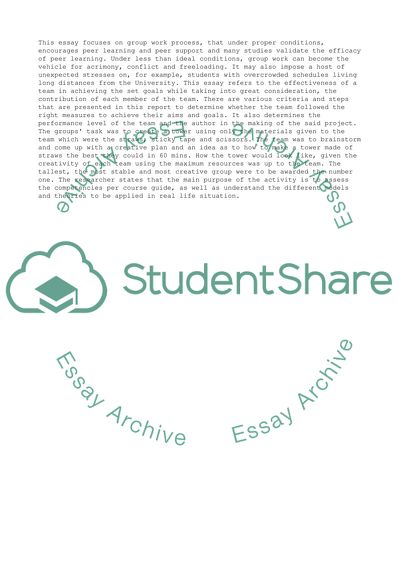Cite this document
(“Class Activity Essay Example | Topics and Well Written Essays - 3500 words”, n.d.)
Retrieved from https://studentshare.org/management/1537735-class-activity
Retrieved from https://studentshare.org/management/1537735-class-activity
(Class Activity Essay Example | Topics and Well Written Essays - 3500 Words)
https://studentshare.org/management/1537735-class-activity.
https://studentshare.org/management/1537735-class-activity.
“Class Activity Essay Example | Topics and Well Written Essays - 3500 Words”, n.d. https://studentshare.org/management/1537735-class-activity.


